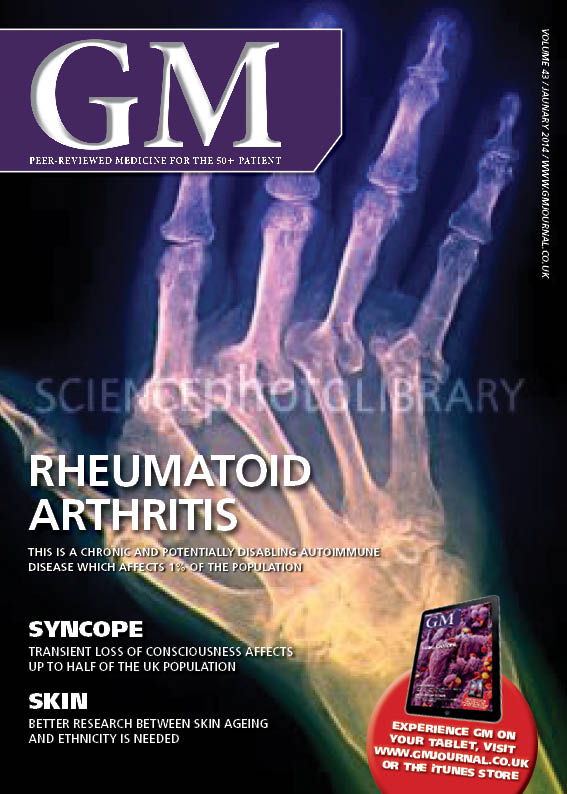Pavilion Publishing and Media Ltd
Blue Sky Offices Shoreham, 25 Cecil Pashley Way, Shoreham-by-Sea, West Sussex, BN43 5FF, UNITED KINGDOM
There are a range of treatments for osteoporosis. These include the antiresorptives such as calcium and vitamin D, hormone replacement therapy, raloxifene, etidronate, alendronate, risedronate, ibandronate (oral and IV), IV zoledronate, denosumab, calcitonin and calcitriol. Then there is teriparatide/1-84 PTH, which is anabolic and also strontium ranelate, which has a separate mode of action.
Calcium and vitamin D are the best treatment for frail, elderly patients living in residential or nursing homes as according to one study they can reduce the risk of hip and other fractures by over a third.1 Bisphosphonates reduce bone turnover by decreasing the remodelling space and enhancing passive secondary mineralisation. They preserve bone function so that bone is stronger.
A pivotal fracture trial looked at IV zoledronic acid in 7736 women aged 65€“89 for three years. It found that an annual infusion of zoledronic acid within 90 days after repair of a low-trauma hip fracture was associated with a reduction in the rate of new clinical fractures and improved survival.2
Alendronate is first-line treatment for osteoporosis but this is probably to do with cost. It is generic and has been used for 17 years. It reduces risk of vertebral, non-vertebral and hip fractures. There is very limited data in those over the age of 80 years, but up to 60% of patients will stop treatment by six months.3 Risedronate has lower bone affinity and is less potent than alendronic acid and may enable greater access to osteocytes.
Denosumab is a highly potent and rapidly acting antiresorptive. In a study of 7868 women aged 60€“90 years who had a bone mineral density T score of less than -2.5 but not less than -4.0 at the lumbar spine or total hip, denosumab was given subcutaneously twice yearly for 36 months. It was associated with a reduction in the risk of vertebral, non-vertebral, and hip fractures in women with osteoporosis.4 It remains convincingly effective in the elderly and is not nephrotoxic.
NICE guidance recommends it for primary and secondary prevention second-line after oral bisphosphonates. In Cardiff we use it as second line to oral bisphosphonates and as an alternative to IV zoledronate or strontium ranelate. Compliance has been very good as it is easy to administer and there have been no serious side effects. Discussions are now on-going with primary care.
Daily s/c teriparatide is a bone anabolic agent indicated for the treatment of osteoporosis in both men and women. It is also licensed for glucocorticoid-induced osteoporosis. According to one study it increases skeletal mass, increases markers of bone formation and resorption, there is improvement in bone structure, it increases bone strength and it reduces risk of vertebral and non-vertebral fractures.5
An 18-month randomised, double-blind, controlled trial, compared teriparatide with alendronate in 428 women and men with osteoporosis (22€“89 years) who had received glucocorticoids for at least three months (prednisone equivalent, 5mg daily or more). Among patients with osteoporosis who were at high risk for fracture, bone mineral density increased more in patients receiving teriparatide than in those receiving alendronate.6
To conclude, there are a good range of effective treatments for patients with osteoporosis. Interesting new treatments are also on the way.References1. Chapuy MC, et al. N Engl J Med 1992; 327(23): 1637€“422. Lyles KW, et al. Engl J Med 2007; 3573. Journal of the American Geriatrics Society 2010; 58, 658€“634. Boyle WJ, et al. Nature 2003; 423(6937): 337€“425. Cummings SR, et al. N Engl J Med 2009; 361(8): 756€“656. Saag KG, et al. N Engl J Med 2007; 357(20): 2028€“39




Comments are closed.